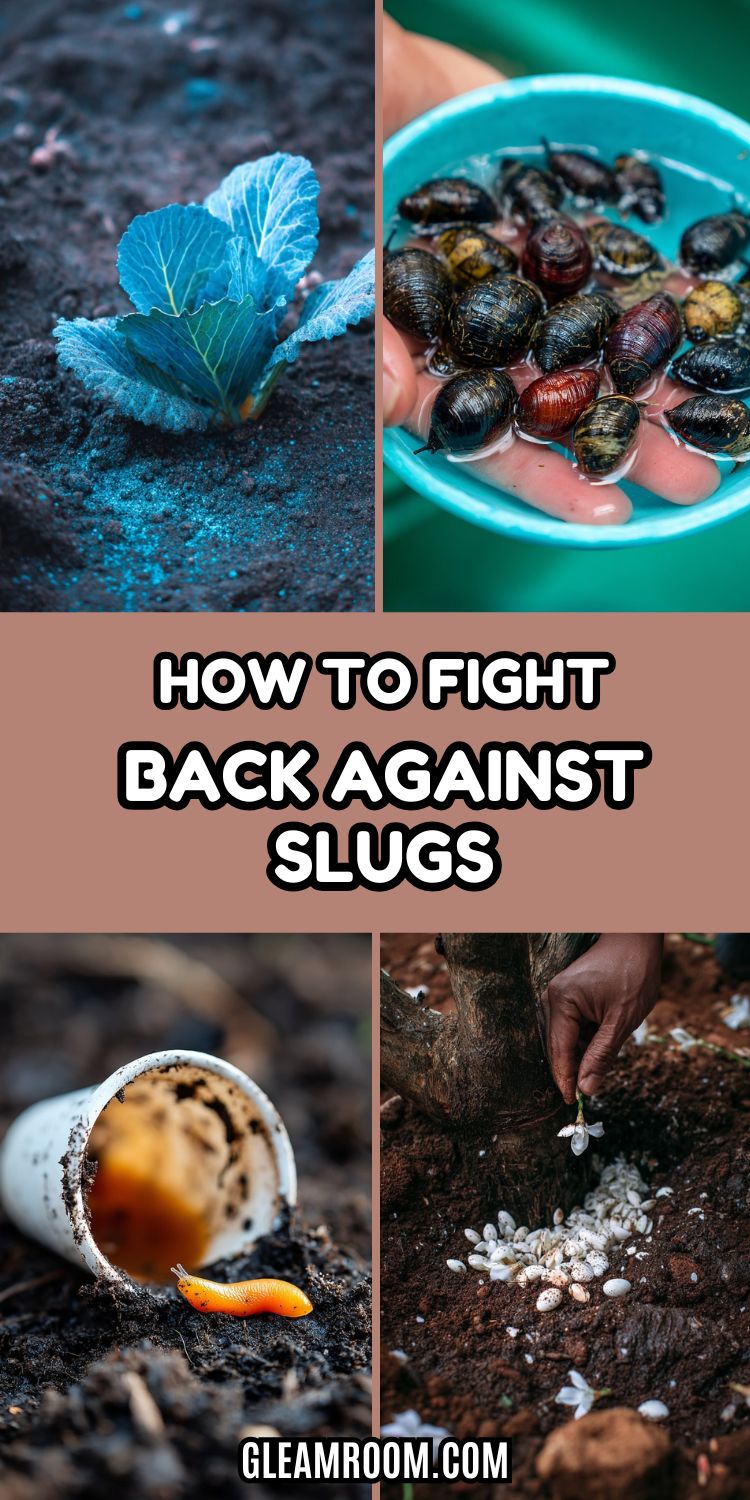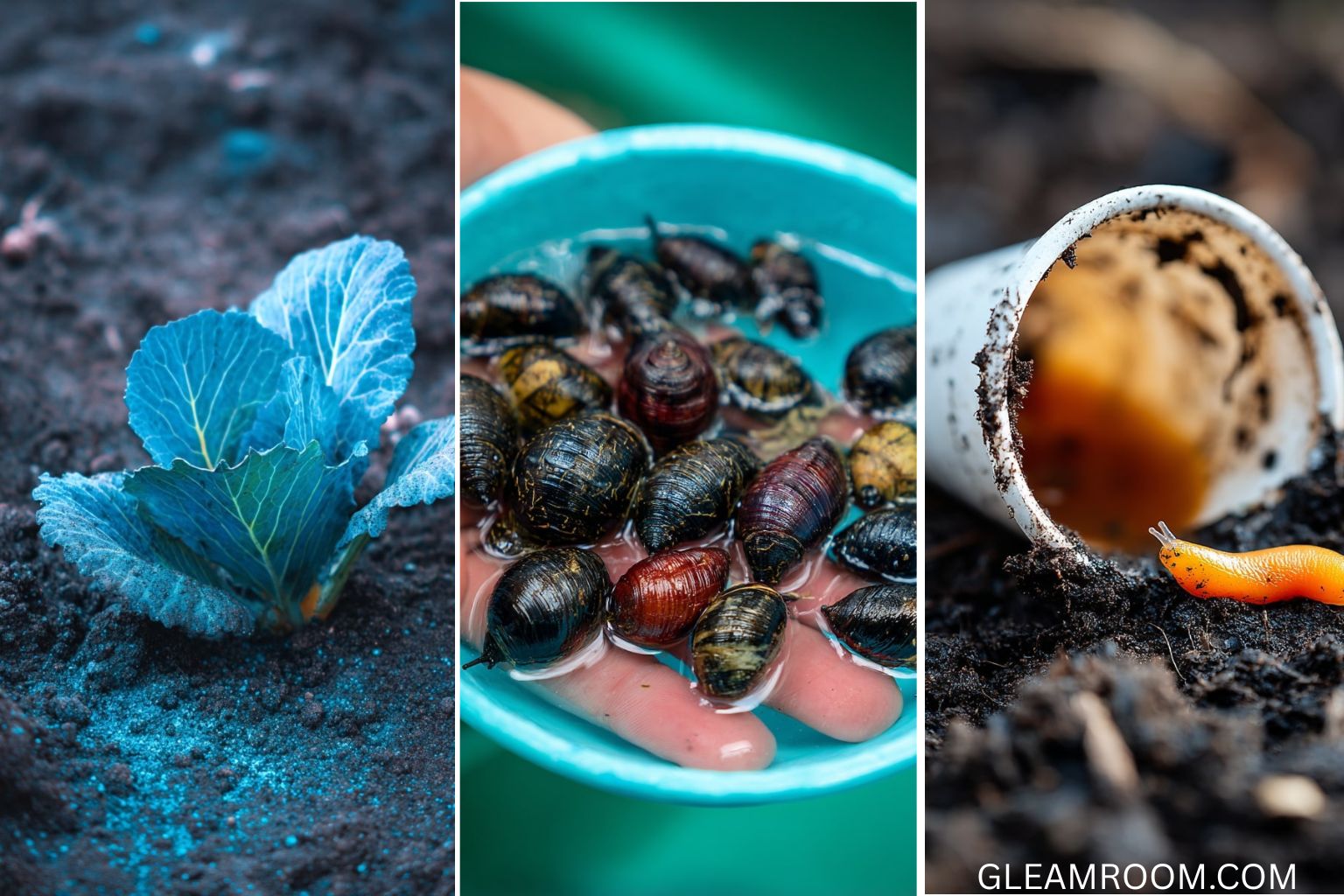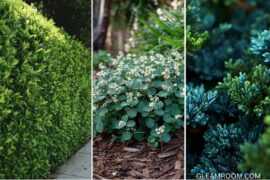You head out to the garden in the morning, coffee in hand, only to find your lettuces riddled with holes and shiny trails glistening across the soil. Few things are as frustrating as realizing slugs have had an all-you-can-eat buffet while you slept. They’re quiet, relentless, and somehow always find the tenderest leaves first.
Every gardener knows the feeling, plants you’ve nurtured for weeks can look ruined overnight. And while slugs are small, their appetite is anything but. Left unchecked, they’ll keep multiplying until it feels like you’re gardening for them, not yourself.
The good news? You don’t have to give up your greens. With a few smart tricks, you can protect your plants and tip the balance back in your favor. Ahead, you’ll find How To Fight Back Against Slugs, so your garden can thrive without becoming their midnight feast.
Natural Barriers to Keep Slugs Away from Plants
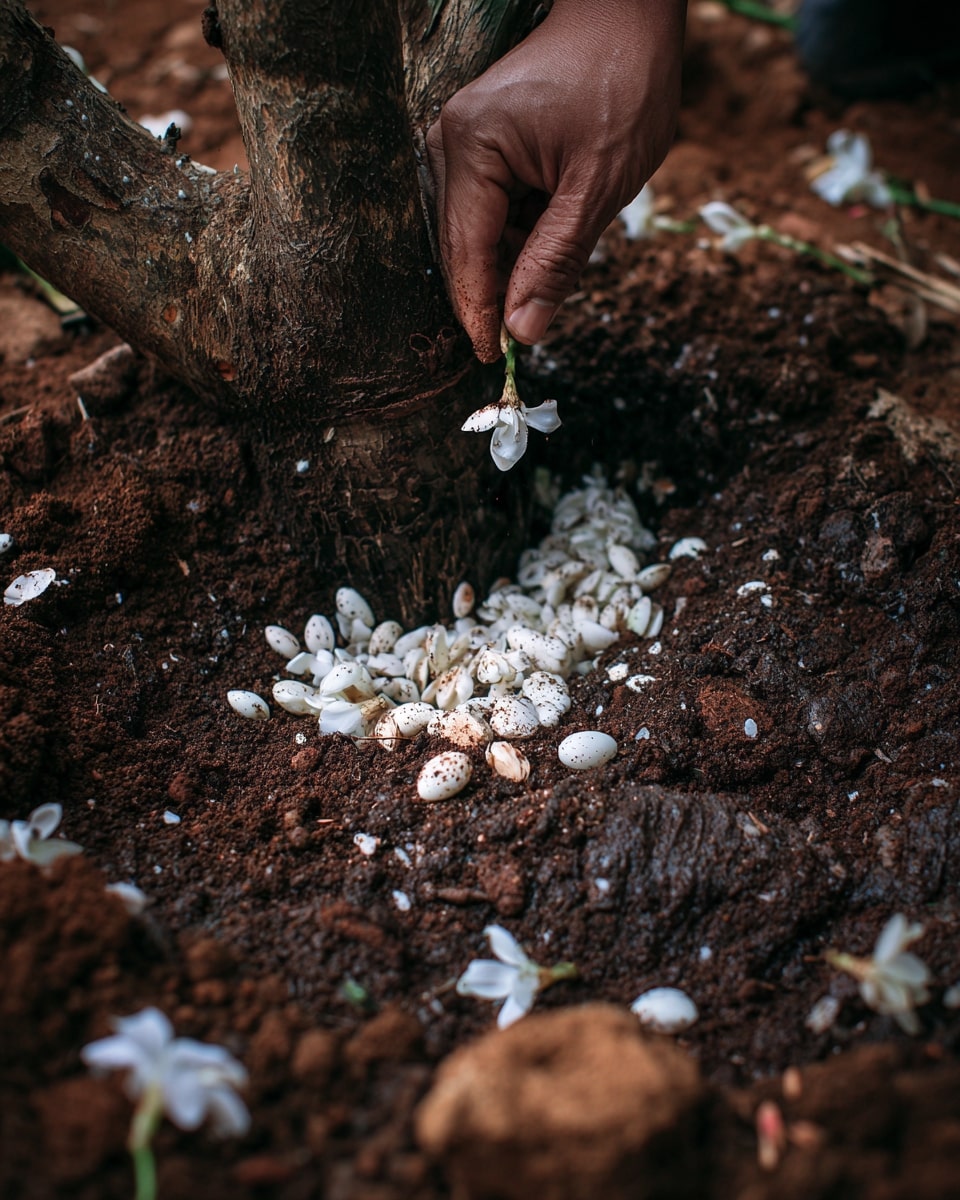
A hand scatters natural materials around the base of a tree, creating a barrier that slugs avoid crossing. Simple garden tricks like this reduce damage without chemicals.
Every layer helps shield tender roots and bark from hungry pests. Slugs find it hard to crawl over rough textures and sharp edges.
Using organic methods keeps the soil healthy while protecting plants, making it easier to maintain a thriving garden.
Simple Traps to Control Slugs in the Garden
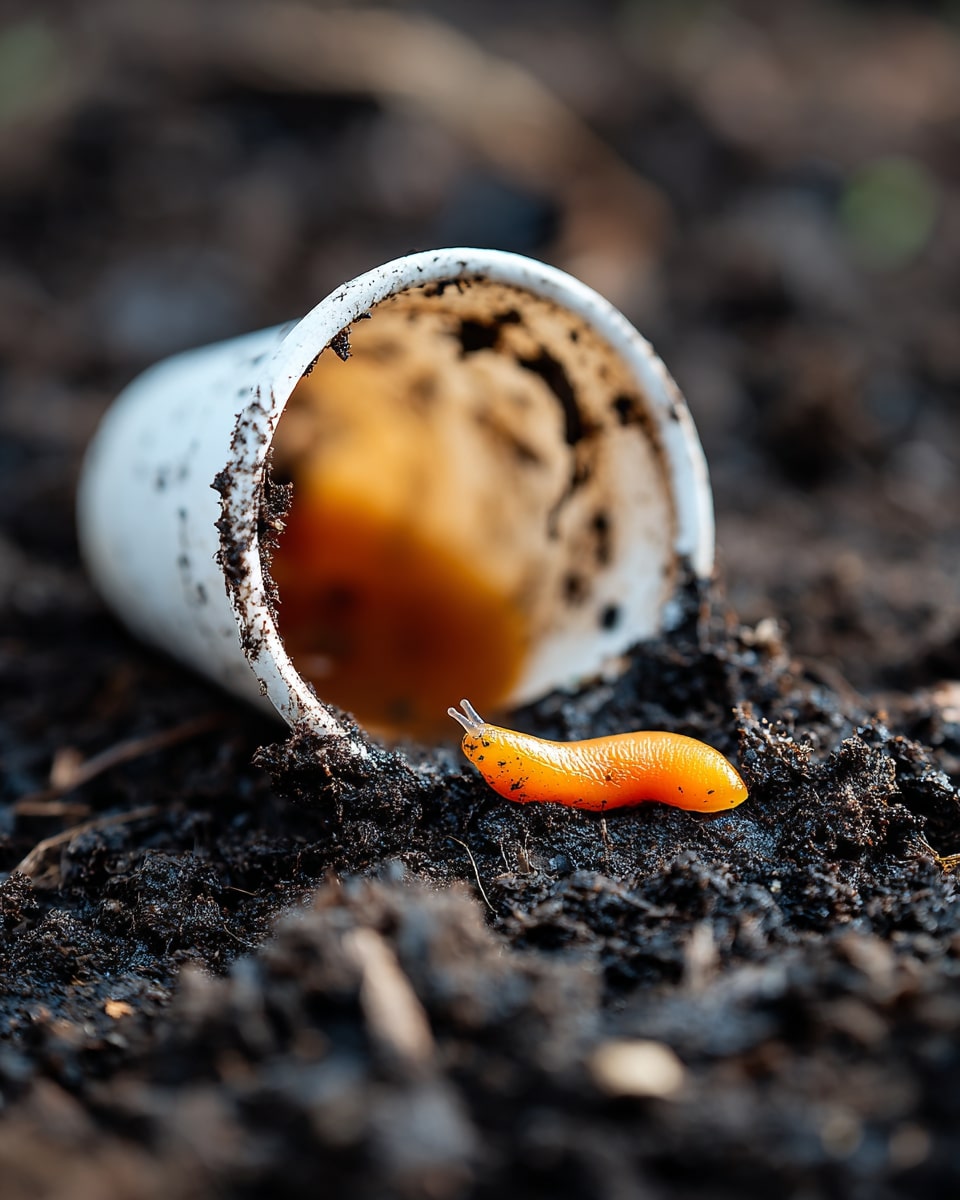
An orange slug crawls near a homemade trap, showing how easy it is to manage pests with natural methods. Using containers filled with bait helps draw slugs away from tender plants.
Every trap reduces damage, keeping leaves and stems safe from being eaten. This small effort brings big results over time.
Placing traps in damp spots creates an effective shield, giving your garden the chance to grow strong and healthy.
Collecting Snails to Protect Your Garden
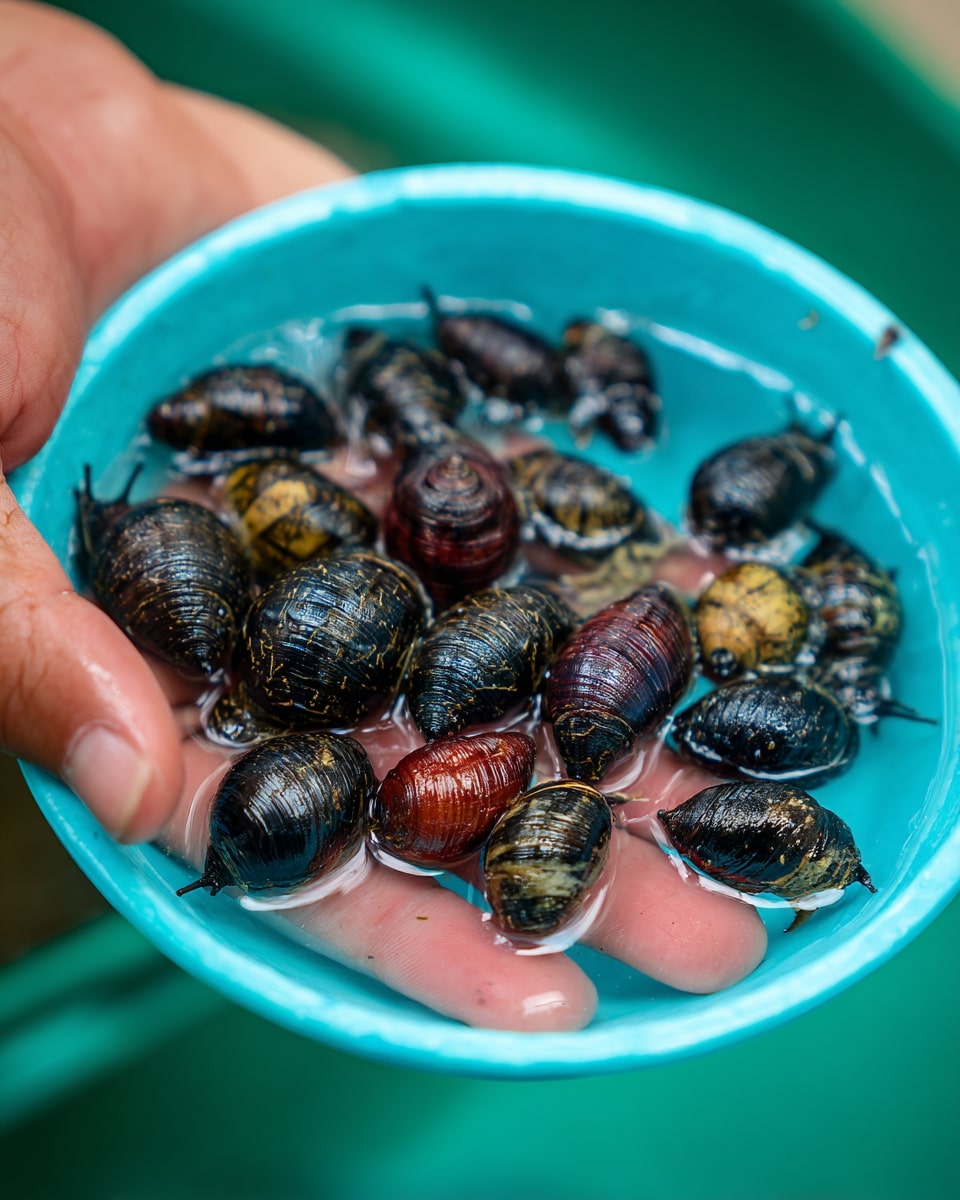
A bowl filled with freshly collected snails shows one of the simplest ways to cut down pest numbers. Handpicking may seem old-fashioned, but it works well in small gardens.
Every snail removed means fewer leaves lost to damage. It’s a direct and chemical-free solution that keeps plants safer.
Doing this regularly at dusk or after rain helps control the problem, giving vegetables and flowers room to grow strong.
Using Barriers to Protect Young Plants from Slugs

A young cabbage sits in soil surrounded by a protective layer, showing how barriers can guard tender leaves. Simple applications like this discourage slugs from getting too close.
Each sprinkle creates a line pests avoid crossing, giving plants space to grow stronger. Natural or mineral-based methods keep the balance without harming the soil.
Adding these defenses early makes it easier to stop damage before it starts, helping vegetables thrive through the season.
Growing Lettuce in Containers to Outsmart Slugs
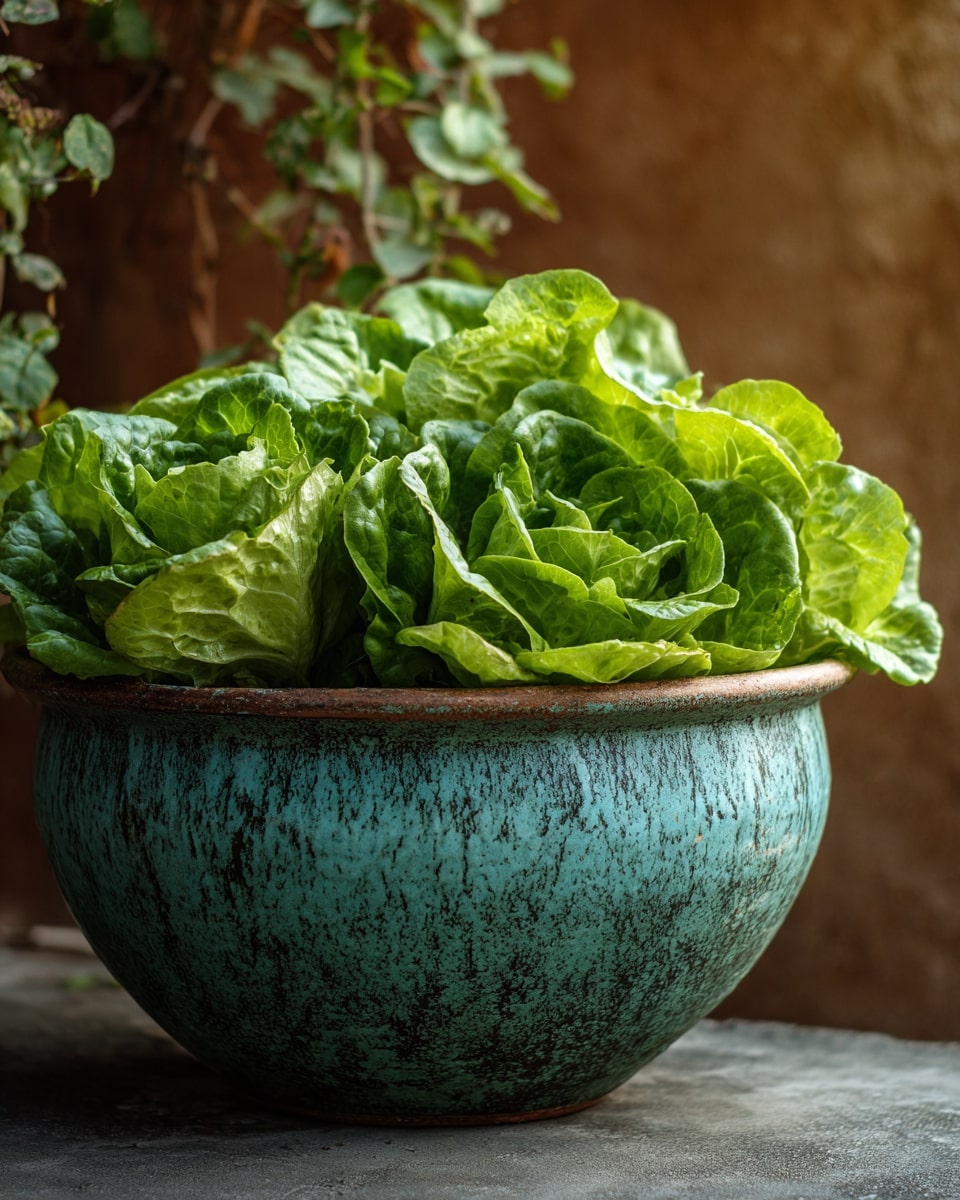
A lush bowl of lettuce thrives in a raised container, safe from ground pests like slugs. Keeping crops off the soil makes it harder for these invaders to reach tender leaves.
This simple setup not only reduces damage but also adds style to the garden. Fresh greens stay healthy with fewer threats around.
Choosing containers for lettuce or leafy crops helps maintain control, giving you cleaner harvests and stronger plants.
